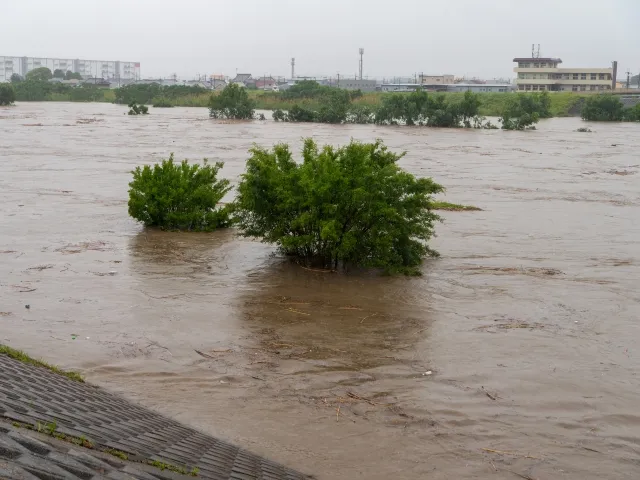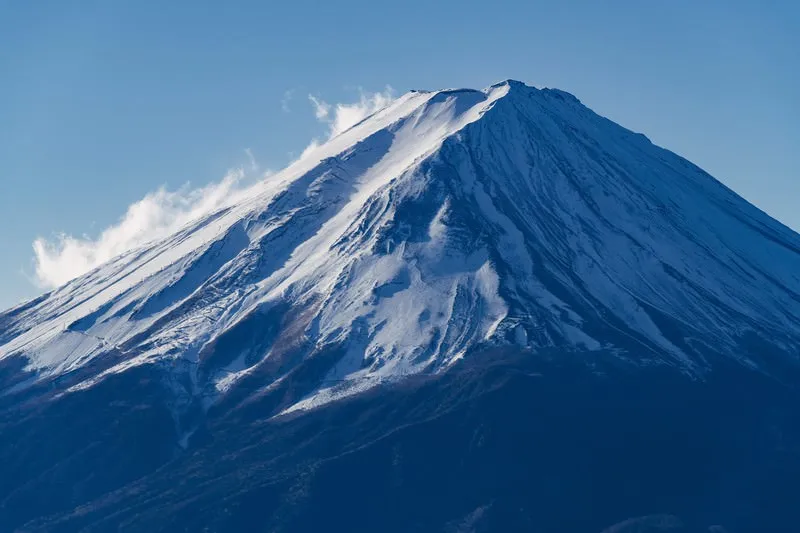December 2, 2023
Natural Disasters in Japan
Natural Disasters in Japan: Understanding Japans Coping Mechanisms and Mitigation Strategies
Learn about natural disasters in Japan and the countrys effective coping mechanisms and mitigation strategies. Understand how Japan deals with earthquakes, tsunamis, typhoons, and volcanic eruptions, and discover their strict building codes and advanced early warning systems aimed at minimizing casualties and ensuring timely evacuation.
Today, we will be discussing an important topic that has had a significant impact on Japan - natural disasters. Japan, being located in the Pacific Ring of Fire, is prone to various natural calamities such as earthquakes, tsunamis, typhoons, and volcanic eruptions. Lets explore these natural disasters and understand how Japan copes with them.
1. Earthquakes
Japan experiences a high frequency of earthquakes due to its position along several tectonic plate boundaries. The most devastating earthquake in recent history occurred in 2011 when a magnitude 9.0 earthquake struck off the coast of Tohoku, triggering a massive tsunami.
This catastrophe caused widespread destruction and infrastructure damage, leading to the loss of thousands of lives. Despite the risks, Japan has implemented strict building codes and developed advanced early warning systems to minimize casualties and provide timely evacuation.
2. Tsunamis
Tsunamis are often triggered by undersea earthquakes. Japan faces a constant threat of tsunamis due to its proximity to the Pacific Ocean. To mitigate the impact, Japan has an extensive network of seawalls, tsunami evacuation routes, and early warning systems. After the 2011 tsunami, they have also focused on enhancing community preparedness and public awareness through drills and education campaigns.
3. Typhoons
Japan experiences several typhoons each year, especially during the summer and autumn seasons. These tropical cyclones bring heavy rainfall, strong winds, and storm surges. The Japan Meteorological Agency closely monitors typhoons and issues warnings and advisories to help people prepare and evacuate if necessary. Japan has robust infrastructure in place, including river embankments and drainage systems, to minimize flooding and manage typhoon-related risks.
4. Volcanic Eruptions
Japan is home to numerous active volcanoes, and volcanic eruptions pose a constant threat to the country. Monitoring systems are in place to detect signs of volcanic activity, allowing authorities to issue timely warnings and evacuation orders. Volcano observatories and research institutes play a crucial role in studying volcanic behavior for risk assessment and ensuring the safety of nearby communities.
In conclusion, Japans geographical location makes it vulnerable to a range of natural disasters. However, the countrys commitment to disaster preparedness, advanced technology, and efficient response systems enable it to minimize the impact of these calamities.
Learning from past events, Japan continues to improve its strategies and implements measures to protect its citizens and infrastructure. By doing so, they have set an example for other nations facing similar challenges.
Stay safe, stay prepared!



